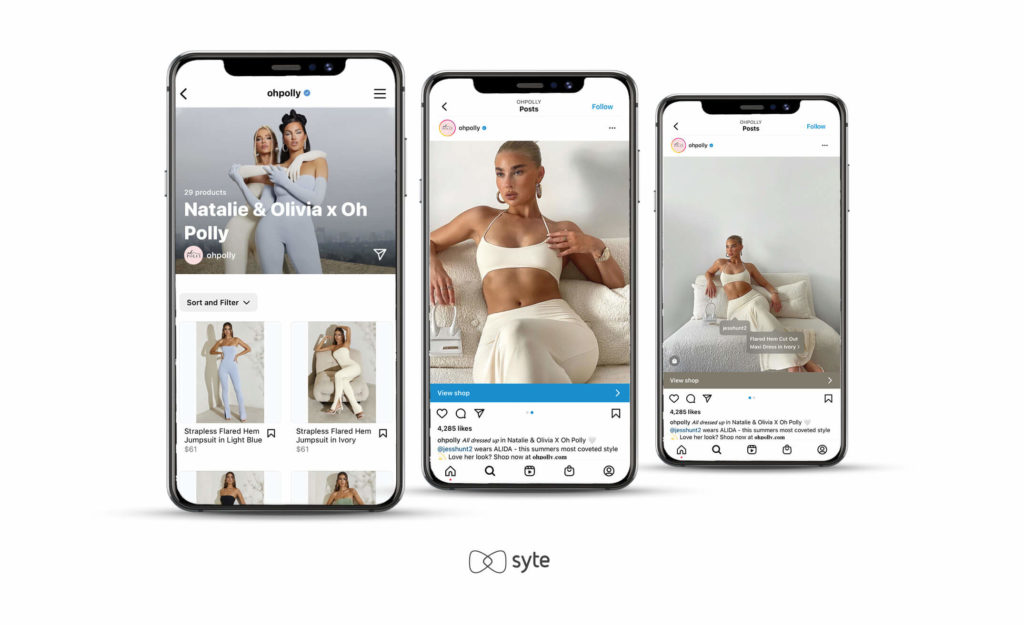This article was originally published by Internet Retailing.
Retail trends come and go, but few have remained in style as long as “omnichannel.”
When eCommerce began playing a predominant role in the overall retail strategy, and as the variety of social media and other digital marketing platforms increased, the need to build a sort of omni-present brand seemed like the appropriate course of action.
But, eventually, omnichannel lost its way.
Being everywhere doesn’t guarantee a positive customer experience or produce meaningful business impact. Sometimes, it even has the opposite effect.
As the nature of shopping continues to evolve, the time has come to redefine what it means to be omnichannel.

The ‘Old’ Omnichannel
The conventional definition of omnichannel is communicating, engaging, and selling to consumers on multiple channels. It involves developing channel-specific strategies that link back to overarching business goals.
Channels may include brick-and-mortar stores, eCommerce sites, apps, social commerce, marketplaces, conversational commerce, and now, virtual shops, shows, and games in the metaverse.
That’s a lot of real estate to cover.
Omnichannel could also involve installing high-tech tools in stores (such as digital mannequins and smart mirrors) or adding attributes of in-person shopping to eCommerce (such as try before you buy). Both represent efforts to bridge the divide between physical and digital channels.
Is Being Everywhere Really Best?
The old omnichannel served a purpose, certainly. And logically speaking, engaging consumers across numerous channels and technologies is sure to help brands reach more shoppers, and even increase sales.
But what about the customer experience?
As more and more channels emerge, “being omnichannel” increasingly means “getting spread thin.” Addressing consumers on every possible platform and medium doesn’t translate to a more satisfying experience.
Somewhere along the way, the customer got lost.

The New Omnichannel Brings the Customer Back to the Center
Instead of trying to be all things in all places to all people, brands and retailers should take a more balanced approach, in which a multi-channel strategy is harmonized, regulated, and driven by deep customer insights.
So, what does that mean in practice? And what are brands and retailers supposed to do about their already entrenched omnichannel strategies?
The point isn’t necessarily to start eliminating marketing channels or shutting down avenues of commerce (although, in some cases, it might). The main point is to realize that, despite its name, omnichannel isn’t really about channels, it’s about the customer.
It’s a given that customers expect to find and engage with your brand on more than one channel. But the way to determine which channels, how to engage, and how much is to start with your customers—by leveraging deep insights about the tastes, habits, and preferences of each customer segment.
What does your customers’ desired journey look like? Where are they most likely to engage and find inspiration? This is what should inform your omnichannel strategy, not whether TikTok is hot right now or Snapchat just added new social commerce capabilities.
5 Steps for Rebuilding Your Omnichannel Strategy
When you evaluate your own omnichannel strategy, would you say it’s driven by hard data on customer preferences and journeys, or is it more of an effort to claim real estate on every platform? If it’s the latter, check out these steps for building a sustainable and customer-centric omnichannel strategy.
1. Know thy customer
As mentioned above, it’s important to start by analyzing each of your customer segments to find out how they prefer to be engaged and shop. How do your customers navigate through the customer journey? On which platforms do they engage most meaningfully? Where do they seek community? Where do they convert?
2. Map out customer journeys
Based on your analysis, you can get a sense of the most common and ROI-positive customer journeys. Which channels are there? How does each one provide value to the customer? Once you determine which channels should be included, you can get prepared to eliminate those that are unnecessary or detract from the customer experience.
3. Restructure teams
Many brands and retailers today assign teams according to channel. They have teams dedicated to TikTok, Facebook, Instagram, mobile apps, eCommerce sites, Amazon… the list goes on. Instead of this, which often results in disjointed and friction-filled customer experiences, consider building teams that mesh channels according to how they combine within different customer journeys.
4. Identify and eliminate points of friction
What disrupts the harmony between channels and technologies? Are there any points or transitions in the customer journey that lead to drop-off? The key to ensuring your new omnichannel strategy benefits the customer is understanding what it’s like to traverse from one channel to the next and eliminating friction that diminishes the customer experience. For example, a shopper who came to a store to see an item that they discovered online should be able to easily find similar items if the product doesn’t live up to their expectations in person.
5. Focus on micro-moments
Micro-moments are small but memorable moments of “wow!” that deliver precisely what a customer is looking for in the moment of need. It can take the form of content, information, or product discovery—depending on the channel—that suits the shopper’s current desires and intentions. By focusing on micro-moments, you can produce higher-quality interactions within channels, which helps fortify the overall customer experience.

Out With the Old Omnichannel, in With the New
The industry-wide omnichannel imperative might have been motivated by the customer experience in the beginning, but today it’s veered off-course.
The key to ensuring your omnichannel strategy also supports your goals of providing a delightful customer experience is prioritizing the channels that best serve your customers’ needs and preferences. Brands and retailers that recognize this will be the ones to consistently impress customers—not because they’re everywhere, but because they show up in the right places and in meaningful ways.
This article was originally published on Internet Retail’s website.